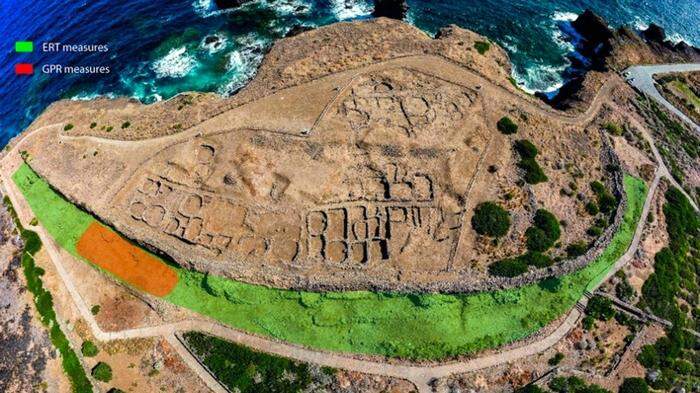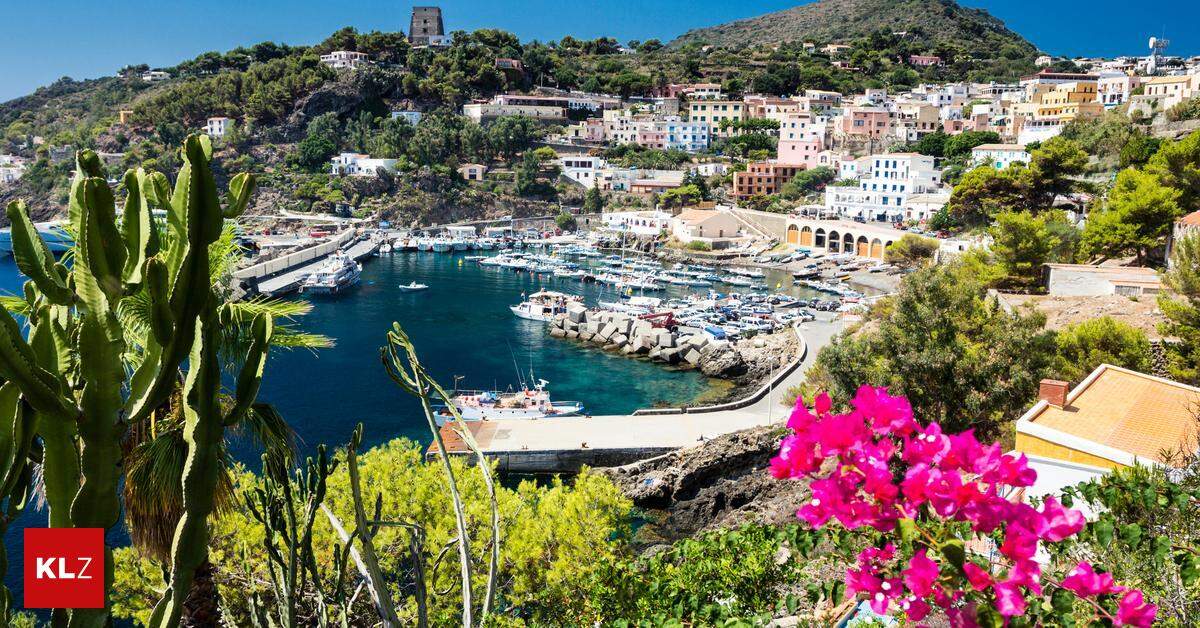Ustica is a small volcanic island north of Sicily. A fort more than 3,000 years old was discovered here in an archaeological site that had been researched for decades. It dates from the height of the Bronze Age and bears witness to the existence of a larger community whose life at the site was suddenly interrupted around 1200 BC by a sudden event whose origin remains a mystery.
The discovery, published in the Journal of Applied Geophysics, was made by a team coordinated by the National Institute of Geophysics and Volcanology (INGV). The fortification at Ustica is considered one of the best preserved Mediterranean settlements of its time, and was characterized by an organized urban plan that included dozens of huts built along narrow streets, as well as a massive wall, 250 meters long and four to five meters high, that surrounded the settlement to protect it from attacks and raids. The castle was discovered not far from a Bronze Age village called “I Faraglioni” (“The Cliffs”), protected by a still-preserved defensive wall.

Non-invasive techniques make the village layout visible
© K
Faraglioni village
The research campaign, involving geologists, geophysicists, architects and archaeologists, arose from the need to investigate, using non-invasive techniques, some of the half-buried structures that sometimes appeared beyond the defensive wall. Innovative tools were used for geophysical research, such as: b. Georadar and electrical tomography. This enabled the deep foundations of the outer wall and the wall that served as the first defensive wall to be closely examined.
According to Franco Foresta Martin, director of the Laboratory of the Earth Sciences Museum in Ustica, the discovery “opens a new window to understand this ancient village and suggests a complex defensive structure that exceeds all expectations.” “The house of Faraglioni entstands for 1400 and 1200 hours for Christ on the same day, with the help of others from this place,” read Domenico Targia, director of the Archaeological Parks of Himera, Solunto and Iato, other than this house. Grabbungen von Ustica stand up. The finds show similarities with Middle Bronze Age settlements in the Aeolian Islands (ca. 1450 to 1270 BC), which are also located north of Sicily.
The Greeks called the island Ustica Osteodes (“ossuary of the dead”) because thousands of rebels from Carthage died of starvation there. Since Roman rule, the island has been called Ustica (from the word ostum “burned”) because of the black volcanic rocks. Later it came under the rule of Arabs and Normans. The island was subjected to frequent pirate attacks until the 18th century.

“Food practitioner. Bacon guru. Infuriatingly humble zombie enthusiast. Total student.”








More Stories
Kyiv: Russian Kursk offensive halted
US Presidential Election: Former US Government Officials Warn Against Donald Trump's Election
Netherlands wants to leave asylum system